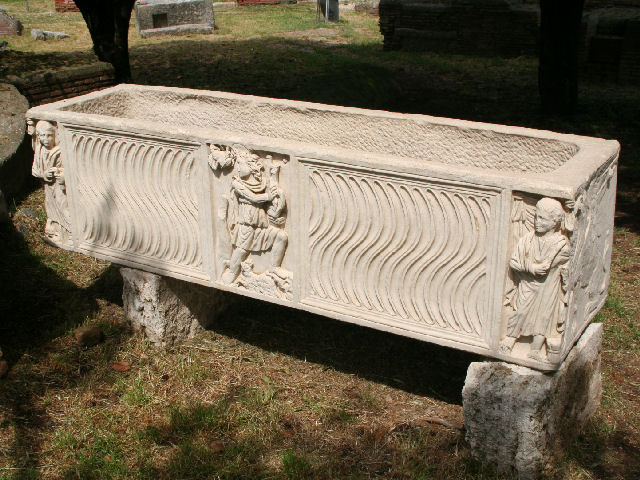Azulene or Cycloheptatrienyl Cation Cyclopentadienyl Anion “Salt”?
[caption id="attachment_14421" align="alignright" width="440"] The dipolar azulene hydrocarbon[/caption] Azulene is a fascinating hydrocarbon. It is bicyclic, meaning it has a kind of double ring structure. It is a seven-member ring adjoined to a five-member ring by a shared two-carbon wall. One ring resembles cycloheptatriene. The other ring, cyclopentadiene. And yet, there is something different about azulene. Or should we say some things different? Unusual Qualities Although azulene is a hydrocarbon, it is a deep blue hydrocarbon, something very much out of the ordinary. The Lactarius indigo mushroom, in fact, gets its blue coloration from a derivative of azulene. In addition, although most plain hydrocarbons have little or no dipole moment, azulene has a dipole moment of 1.08 Debye units. This is equal to that of the nitrogen-containing diphenylamine molecule. [caption…

